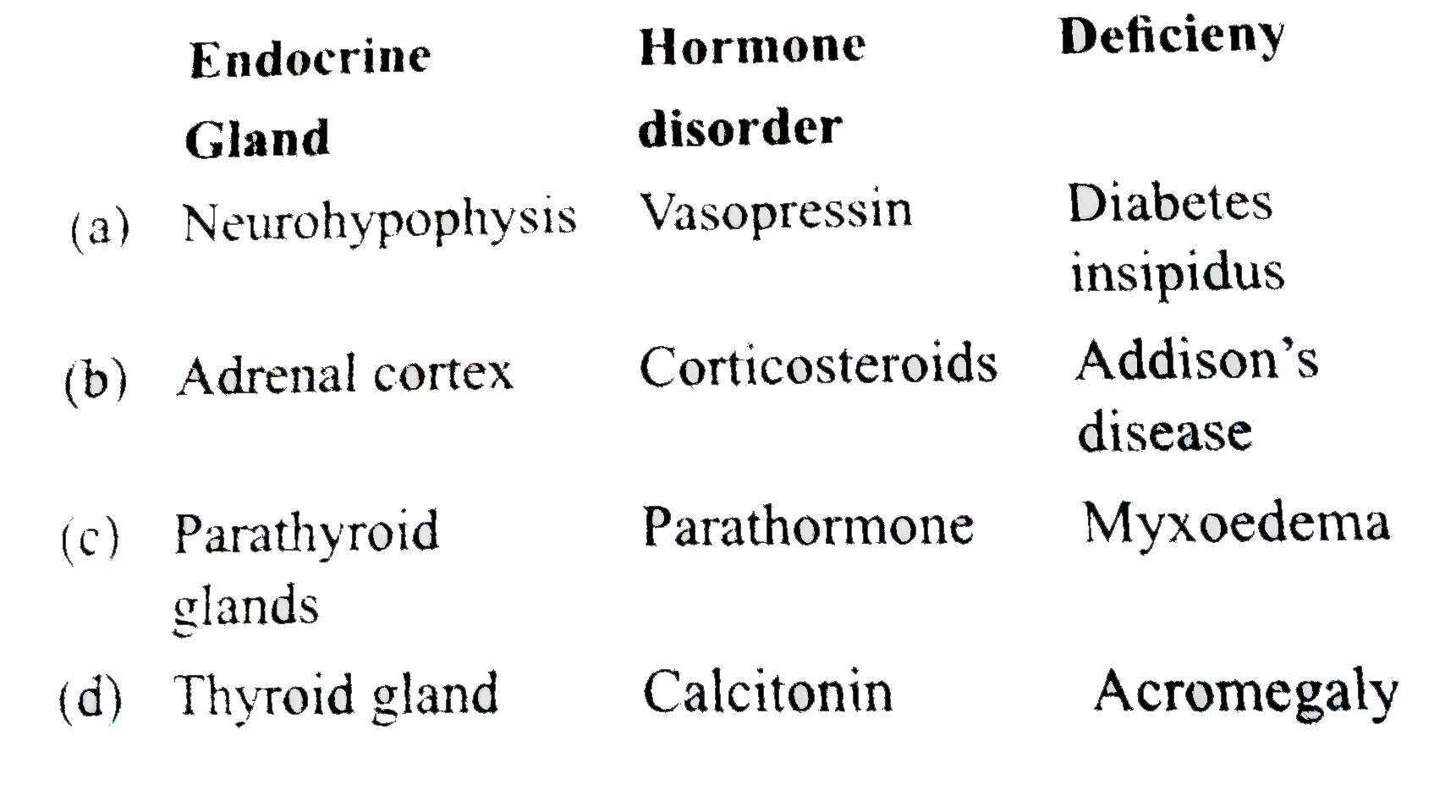Mark the correct set of muscles involved in forceful expiration in humans
External intercostal and internal intercostal muscle
Diaphragm and abdominal muscles
Diaphragm and external intercostal muscles
Abdominal muscles and internal intercostal muscles
To solve the question regarding the correct set of muscles involved in forceful expiration in humans, we can follow these steps:
1. Understand the Concept of Forceful Expiration:
- Forceful expiration refers to the active process of exhaling air from the lungs with more force than normal. This is necessary for expelling CO2-rich air from the body.
2. Identify the Muscles Involved:
- The primary muscles involved in forceful expiration are:
- Diaphragm: This muscle contracts and moves downwards during inhalation, but during forceful expiration, it relaxes and moves upwards, helping to push air out of the lungs.
- External Intercostal Muscles: These muscles are located between the ribs and assist in expanding the chest cavity during inhalation. However, during forceful expiration, the internal intercostal muscles are more actively involved in pulling the ribs down and inward to expel air.
3. Clarify the Role of Other Muscles:
- While the diaphragm and external intercostal muscles are important for normal breathing, during forceful expiration, the internal intercostal muscles and abdominal muscles play a significant role in pushing air out of the lungs.
4. Conclusion:
- The correct set of muscles involved in forceful expiration includes the internal intercostal muscles and abdominal muscles, rather than just the diaphragm and external intercostal muscles.
Final Answer:
The correct set of muscles involved in forceful expiration in humans includes the internal intercostal muscles and abdominal muscles.
- Forceful expiration refers to the active process of exhaling air from the lungs with more force than normal. This is necessary for expelling CO2-rich air from the body.
- The primary muscles involved in forceful expiration are:
- Diaphragm: This muscle contracts and moves downwards during inhalation, but during forceful expiration, it relaxes and moves upwards, helping to push air out of the lungs.
- External Intercostal Muscles: These muscles are located between the ribs and assist in expanding the chest cavity during inhalation. However, during forceful expiration, the internal intercostal muscles are more actively involved in pulling the ribs down and inward to expel air.
- While the diaphragm and external intercostal muscles are important for normal breathing, during forceful expiration, the internal intercostal muscles and abdominal muscles play a significant role in pushing air out of the lungs.
- The correct set of muscles involved in forceful expiration includes the internal intercostal muscles and abdominal muscles, rather than just the diaphragm and external intercostal muscles.
The correct set of muscles involved in forceful expiration in humans includes the internal intercostal muscles and abdominal muscles.
Topper's Solved these Questions
Similar Questions
Knowledge Check
Mark the correct pair of muscles involved in the normal breathing in humans.
AExternal and internal intercostal muclesBDiaphragm and abdominal musclesCDiaphragm and external intercostal musclesDDiaphragm and intercostal musclesMark the correct set of ferromagnetic substances
Airon, cobalt and nickelBiron, copper and leadCsilicon, bismuth and nickelDaluminum, sodium and copper.
select the correct set of steps involved in the process of decomposition. (a) stratification, (b) catabolism, (c) fragmentation, (d) mineralization, (e) leaching
View SolutionExpiration involves
View SolutionThe additional muscles used for forceful breathing in humans are :
View SolutionWhich of the following is the correct set of events involved in the process of decompostion?
View Solutionwhich of these muscles are not involved in normal inspection, normal expiration as well as forceful inspiration ?
View SolutionMuscles involved in the movement of arm are
View Solution

